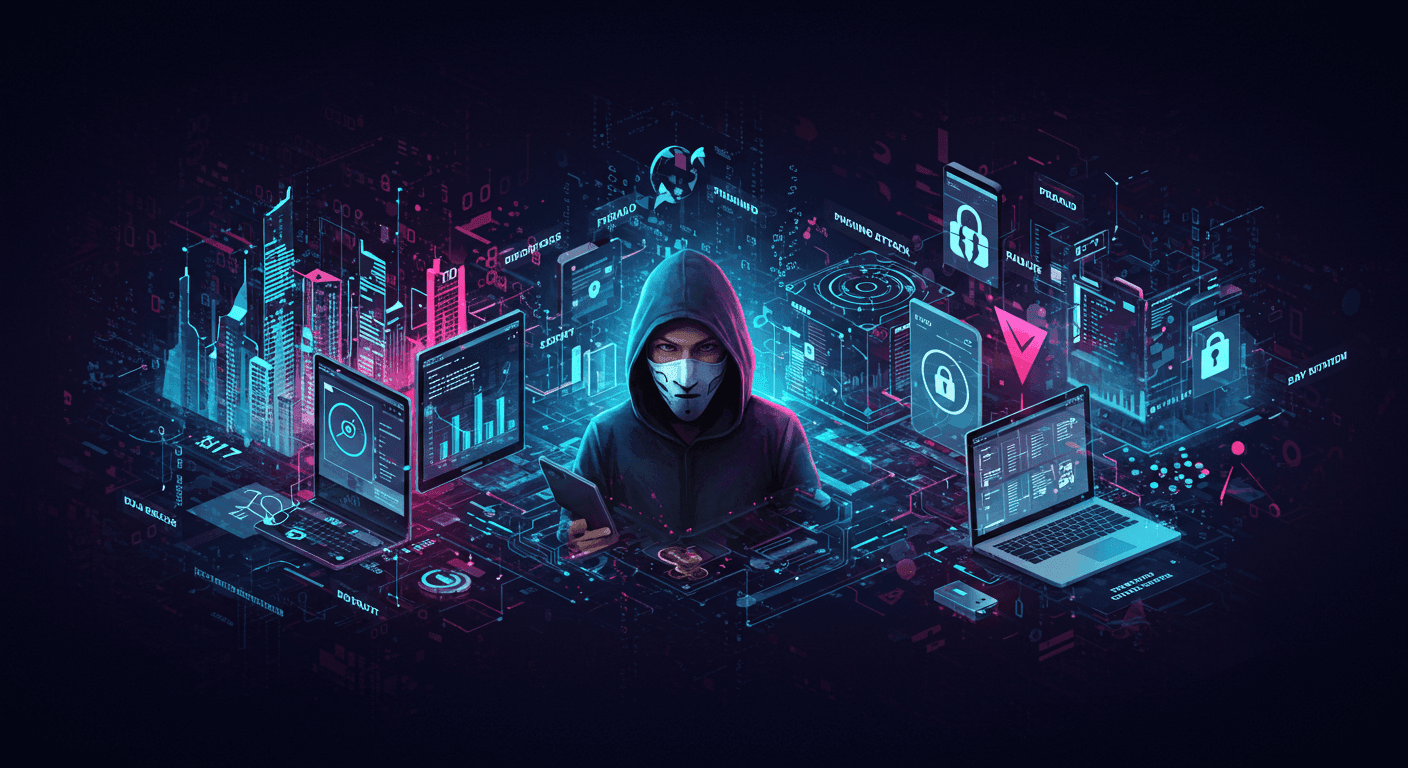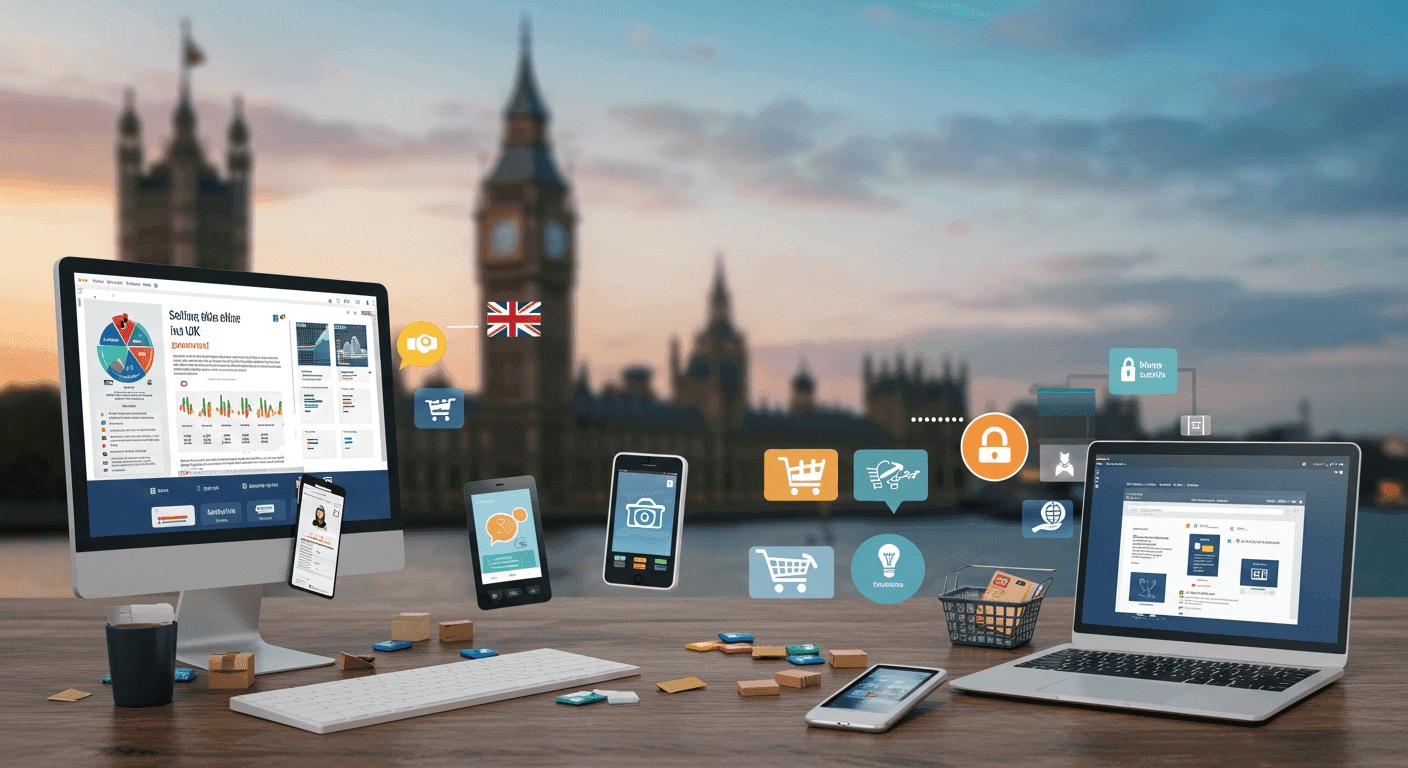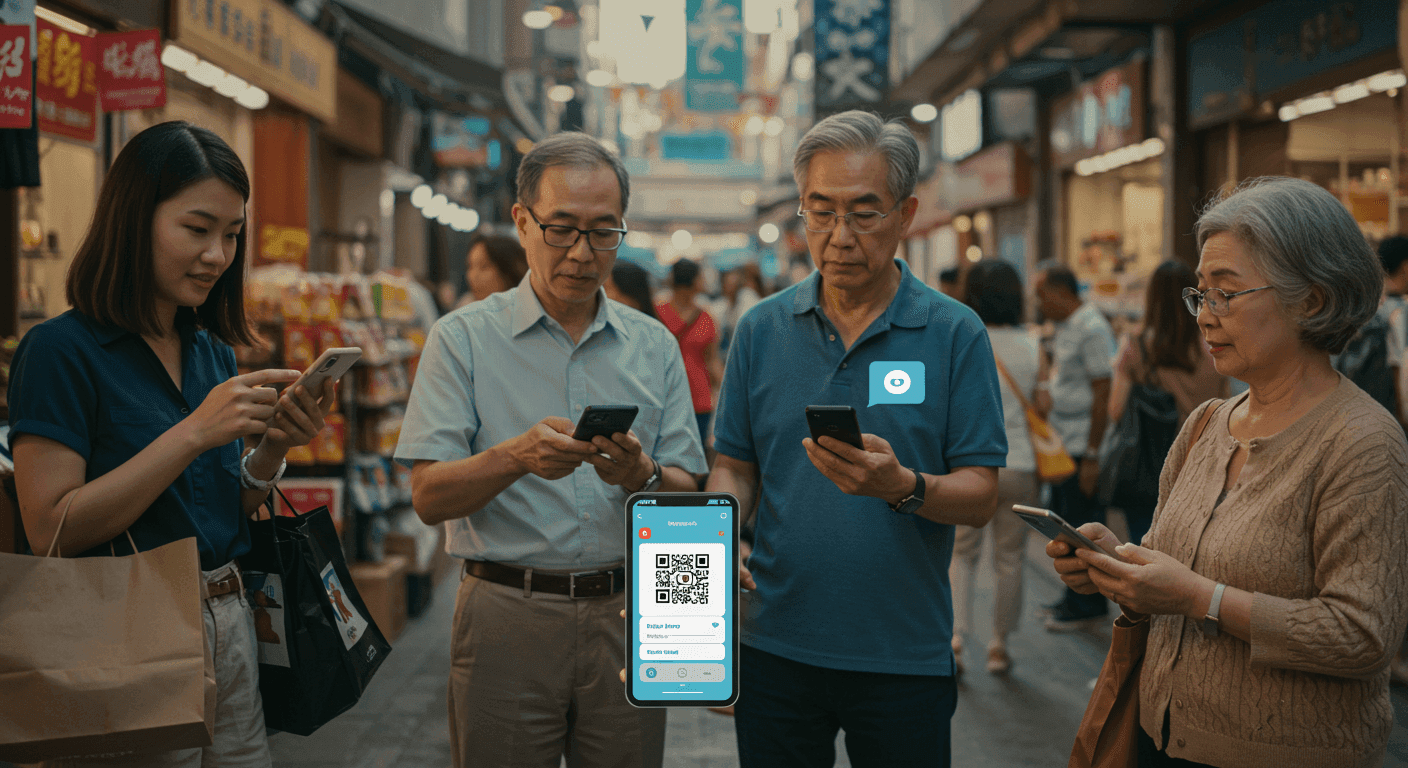Do you know how safe your online payments really are in 2025?
With the rise of digital transactions, new payment threats are constantly emerging, putting your personal and financial information at risk.
These threats range from simple phishing scams to advanced cyberattacks, and ignoring them could leave you vulnerable.
The good news? There are simple ways to protect yourself from these online payment threats. In this blog, we’ll look at the top 5 online payment threats in 2025 and show you how to stay protected.
1. Phishing Attacks
Phishing attacks have been around for a while, but they’re becoming more sophisticated in 2025. Phishing occurs when scammers trick you into revealing sensitive information, like your credit card details or passwords, by pretending to be a trusted source.
These attacks often come in the form of emails, text messages, or even fake websites.
In a typical phishing attack, you might receive an email that looks like it’s from your bank or an online store. The email will ask you to click a link and enter your personal information. Once you do, the scammers have everything they need to steal your money.
How to Stay Protected:
-
Always check the sender’s email address or phone number to make sure it’s legitimate.
-
Look for signs of fake emails, like poor grammar, strange links, or urgent requests for action.
-
Never click on suspicious links or provide personal information over email or text.
-
Use multi-factor authentication (MFA) to add an extra layer of security to your accounts.
2. Payment Card Skimming
Payment card skimming happens when thieves install small devices, called "skimmers," on ATMs or payment terminals to steal the data from your card’s magnetic strip.
These skimmers collect information like your credit card number, expiration date, and security code without you even knowing it.
While skimming devices were once only seen in physical stores, now, cybercriminals are targeting online payments as well. They create fake websites or use malware to steal your payment card details as you shop online.
How to Stay Protected:
-
Be cautious when using ATMs or payment terminals. If something looks unusual or out of place, don’t use the machine.
-
Always use trusted and secure online payment platforms when shopping online.
-
Consider using a virtual credit card or payment service like PayPal to keep your card details safe.
3. Data Breaches and Hacks
As online payment systems continue to store more and more personal information, hackers are constantly looking for new ways to access this valuable data. Data breaches happen when cybercriminals infiltrate a company’s systems and steal sensitive customer information, including payment details, addresses, and even Social Security numbers.
In recent years, major companies have suffered large-scale data breaches that exposed millions of customers’ payment information. Once this data is in the wrong hands, it can be used for fraud or identity theft or sold on the dark web.
How to Stay Protected:
-
Make sure you only shop on websites with strong encryption (look for “https” in the URL and a padlock symbol).
-
Use unique, strong passwords for your online accounts, and change them regularly.
-
Enable two-factor authentication (2FA) whenever possible. This adds an extra layer of security to your online accounts.
-
Keep an eye on your bank and credit card statements for any suspicious transactions.
4. Fake Payment Gateways
Fake payment gateways are another growing threat in 2025. These scams involve criminals creating websites that look like legitimate payment portals. When you enter your payment information on one of these fake sites, it is captured by the criminals, allowing them to steal your money or personal details.
Scammers may even send you emails or ads that lead you to these fake websites, offering tempting deals or discounts. Once you input your credit card details, the scammer uses that information to make unauthorized purchases.
How to Stay Protected:
-
Always check the URL to ensure it’s a secure and legitimate website. Look for the padlock symbol and “https” in the web address.
-
Avoid clicking on links from unsolicited emails or pop-up ads. If you need to make a payment, go directly to the company’s website.
-
Look for reviews and ratings before making a purchase, especially if you’re buying from a new or unfamiliar site.
5. Malware and Ransomware Attacks
Malware and ransomware attacks are among the most dangerous online threats. Malware can infect your computer, phone, or tablet, often without your knowledge, and steal your payment card details or login information.
Ransomware is even more destructive, as it locks you out of your own files until you pay the attacker a ransom.
These attacks are often spread through malicious email attachments, fake software updates, or infected websites. If your device is infected, cybercriminals may have access to your payment information, bank details, and other private data.
How to Stay Protected:
-
Install reputable antivirus software and keep it updated.
-
Avoid downloading files or software from unknown sources.
-
Be cautious about clicking on links in emails or messages from unknown senders.
-
Regularly back up your important files so that you don’t lose them in case of a ransomware attack.
Conclusion
As online payments become more common, so do the risks associated with them. Cybercriminals are constantly finding new ways to target unsuspecting users.
However, by staying aware of the top online payment threats in 2025 and taking simple precautions, you can significantly reduce the chances of falling victim to these attacks.
Remember to always be cautious when sharing your payment information, use secure payment methods, and take steps to protect your devices and online accounts. By staying proactive, you can continue to enjoy the convenience of online payments without putting your personal data at risk.
FAQs
What is phishing, and how can I avoid it when making online payments?
Phishing is a scam where criminals impersonate legitimate companies to steal your personal and payment information. To avoid phishing, always verify the sender of emails and texts before clicking on links, and never share your payment details via email.
How can I recognize a fake payment gateway?
A fake payment gateway may have a suspicious or misspelled URL, lack encryption (no “https” or padlock symbol), or prompt you to enter unnecessary personal details. Always double-check the website’s authenticity before making payments.
What are the best security measures to protect my payment information?
Use strong, unique passwords for all your accounts, enable two-factor authentication, shop only on secure websites, and regularly monitor your financial statements for unauthorized transactions.




